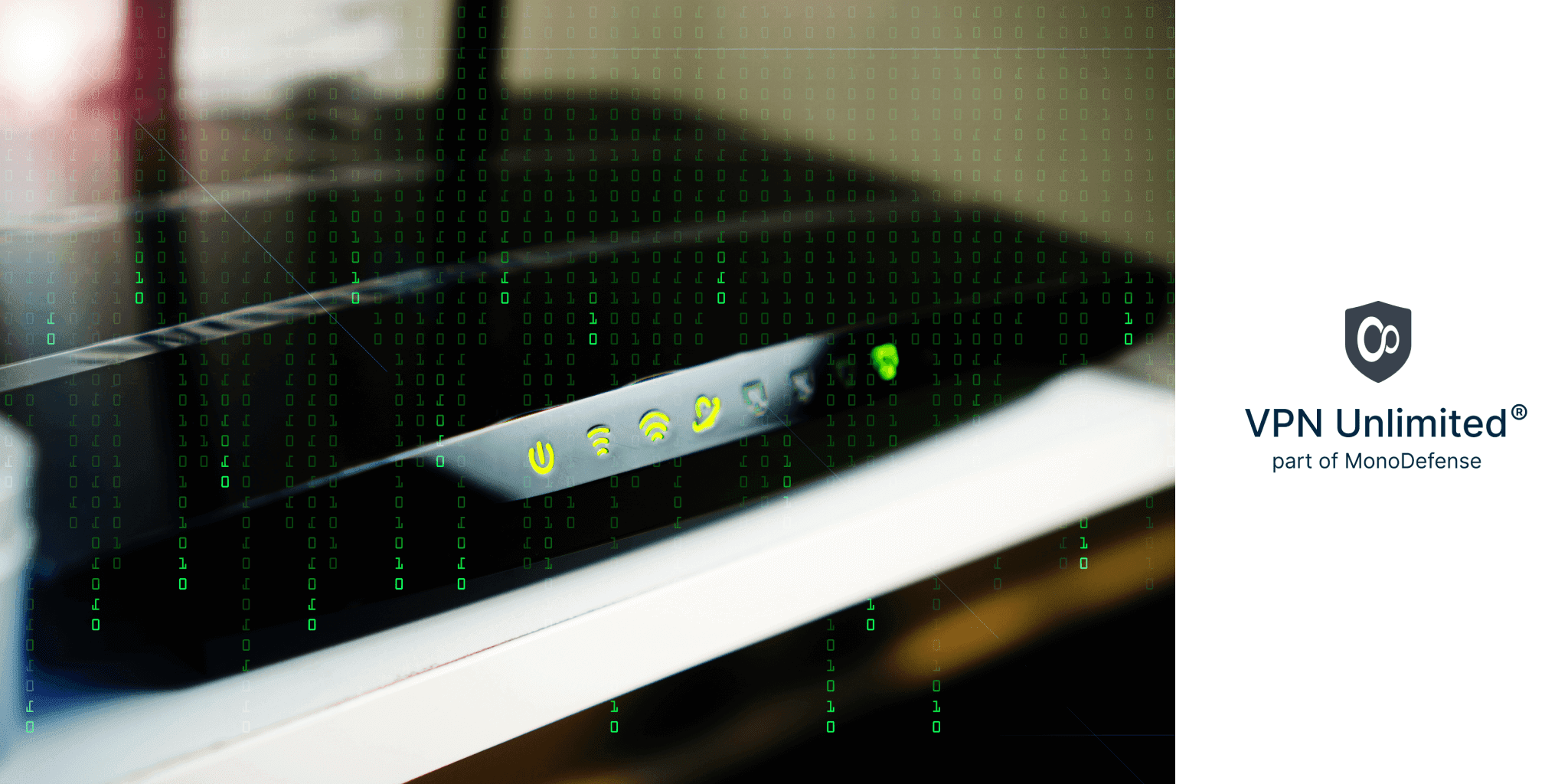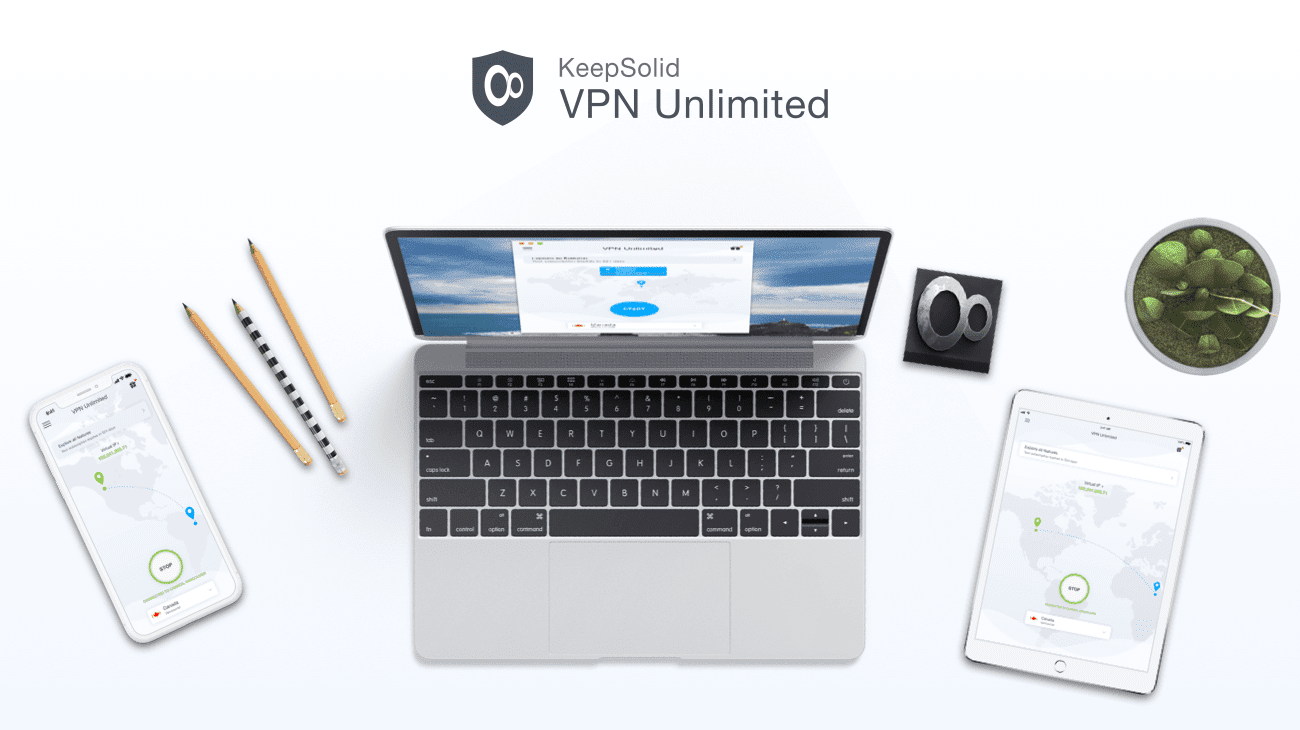Wherever you go, you can be certain to find a free Wi-Fi hotspot there. It’s very tempting to connect to one to stay online wherever you go – work, communicate, or just enjoy a funny video or two. Unfortunately, free Wi-Fi is not only appealing but also dangerous.
1 in 4 Wi-Fi hotspots is unsecured and can be easily compromised. Why can free WiFi be hacked? Well, apart from you and other legitimate users, such networks attract all sorts of cyber criminals preying upon your data. What can a common user do to prevent WiFi hacking? How to protect your WiFi connection from hackers? Find out in today’s piece by the VPN Super Unlimited Proxy!
How Can WiFi be Hacked
What do you imagine when thinking about WiFi network hacking? A shady person in a hoody breaking into your local free Wi-Fi hotspot? Well, that’s not outside the realm of possibility. However, that’s not the only way how Wi-Fi can be abused.
WiFi network hacking
Cybercriminals targeting Wi-Fi routers can hack either the network itself or any devices connected to it. This allows them to pick the weakest link, targeting easily exploitable vulnerabilities or waiting for their target to make critical mistakes. A hacker can steal passwords from connected devices with phishing attacks, track their users, reveal their personal information, intercept their WiFi traffic and read their private data, etc.
Intercepting WiFi traffic
Another danger is the fact that Wi-Fi attacks can follow you around. Hackers can track your mobile devices between locations. Or even tap into your own mobile WiFi hotspot to leak network names and reveal information about the owner. This is a significant privacy and security issue for anyone not wanting their device to broadcast their location, identity, habits, etc.
Evil twin attack
Criminals can deploy their own fake Wi-Fi hotspots to lure their targets in with free Wi-Fi. They can be set in areas rich with high-value targets, e.g. financial and business districts, airports, hotels, conventions, conferences, etc. Such a malicious access point is designed to look like any other free Wi-Fi hotspot. Or even a specific one – a hacker can configure it to look like another legitimate hotspot that is familiar to their victims.

How to Protect Your WiFi Connection from Hackers
Luckily, there are ways to reduce these risks. It takes both fixing behaviours that lead to private information leaks and securing your devices. The following steps will help protect your WiFi connection from hackers.
Basic WiFi security precautions
First and foremost, cautiousness and common sense will protect you better than any security measures. Assume all public WiFi networks, especially the free ones, are non-secure. Whether you’re surfing the web in a coffee shop or tapping into airport WiFi, hackers might be lurking around. Even WiFi hotspots that are protected with passwords or require entering correct credentials can be compromised.
Keep a close watch on anything suspicious. Does your device behave strangely when connecting to a WiFi hotspot? Are you suddenly disconnected from the website you were browsing and redirected to another site? A saved WiFi network requires you to re-enter your password? This may indicate trouble. Disconnect from the network and contact its administrator or IT security specialist.
Utilize security tools
Make sure your firewall is one and your antivirus is up to date – this should protect your device from direct attacks. Such attacks include malware, adware, spyware, etc.
To secure your web traffic and data once it leaves your device and travels a WiFi network, considers employing VPN software, such as VPN Super Unlimited Proxy. This tool will encrypt your web traffic using the AES-256 algorithm, rendering your personal information unreadable to any unauthorized parties. VPN Unlimited also hides your real IP address, preventing hackers from tying your traffic and internet activities to your identity.

Clean up your preferred network list
The list of Wi-Fi networks your device automatically trusts is called the Preferred Network List (PNL). It contains network names that you’ve previously connected to. But since it can’t distinguish between different networks with the same name, password, and type of security, it will connect automatically to any WiFi network with the same name. Yes, including an Evil Twin WiFi hotspot.
So open your device’s Preferred Network List and delete any networks you don’t want it connecting to automatically. For instance, always remove any open Wi-Fi networks, as that’s what Evil Twins most often impersonate. Encountering a malicious network closed behind a password, while not impossible, is less probable.
Disable auto-connect for new networks
Now that you’ve purged your Preferred Network List, let’s make sure it stays that way. If you frequent a password-protected public Wi-Fi network, you can reduce the risk of automatically connecting to its Evil Twin and save the password at the same time. Just check the “disable auto-connect” box the first time you connect to this network after cleaning your PNL.
Your device will no longer try connecting to all networks that match the name and type of security. This means that you will have to manually click the name of the network each time. But at the cost of this minor inconvenience, you will prevent your device from leaking your data.
Outro on WiFi Hacking and Security
That’s how you protect your WiFi connection from hackers. Follow these simple steps to keep yourself and your personal data completely safe online. And don’t forget to check out VPN Unlimited with a full-featured free trial to see how easy it is to ensure your security on public WiFi!